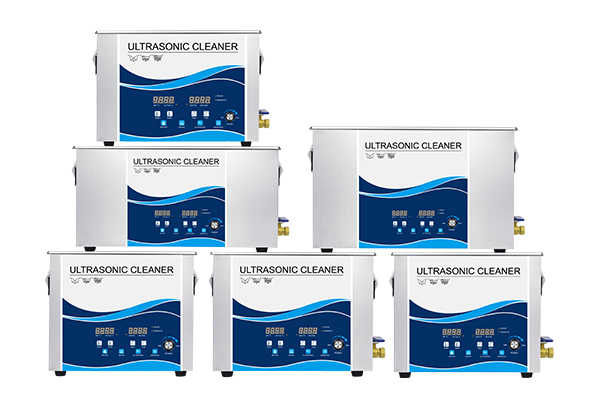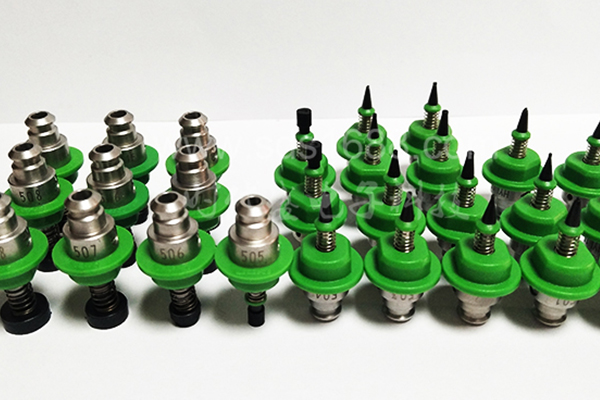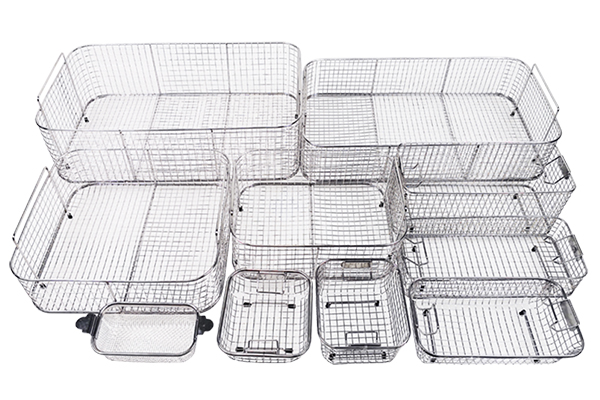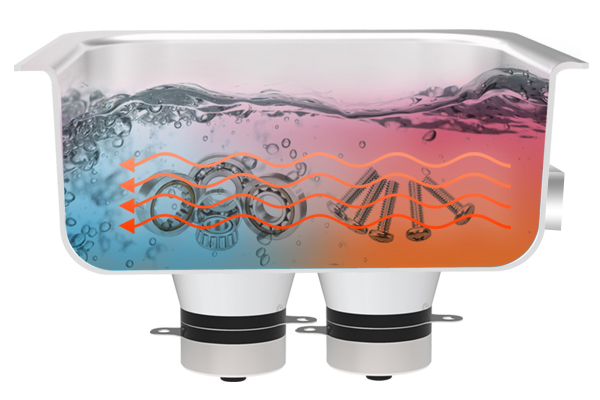When selecting an ultrasonic cleaner, power is a crucial parameter. The right power choice can significantly improve cleaning efficiency and effectiveness, depending on the type of workpiece and the complexity of the cleaning task. This article will explore the differences between 2400W and 2500W ultrasonic cleaners and how these variations affect cleaning performance, helping users better understand the cleaning capabilities under different power levels.
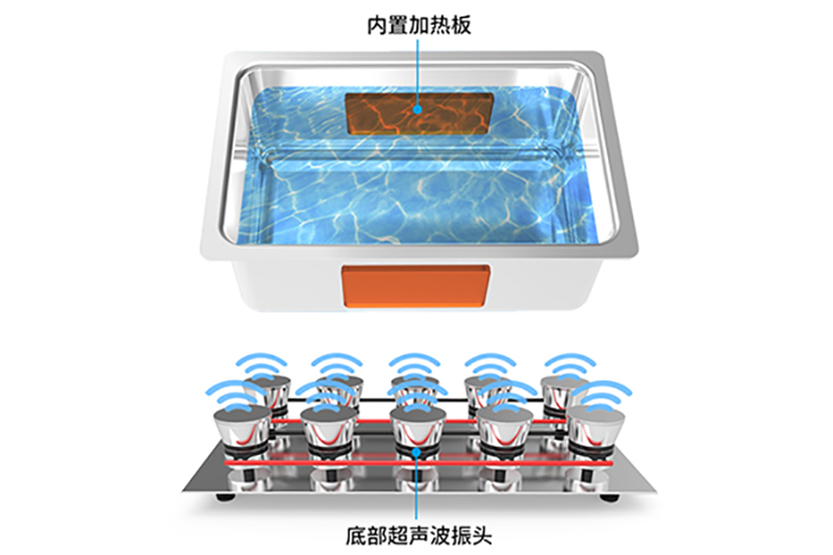
The Role of Power in Ultrasonic Cleaning
Power plays a central role in ultrasonic cleaning, directly influencing the intensity of the sound field, which determines the cavitation effect during cleaning. Cavitation is the primary mechanism of ultrasonic cleaning. When sound waves propagate through a liquid, they create high-frequency pressure changes, leading to the formation of microscopic bubbles in the liquid. These bubbles release tremendous energy when they collapse, effectively removing dirt from the surface of the workpiece.
While the power difference between 2400W and 2500W is only 100W, this slight variation can significantly impact the cleaning process. For example, in cleaning tasks where the workpieces are precise and the contaminants are stubborn, a slight increase in power may result in higher cleaning efficiency. However, when cleaning more delicate workpieces, excessive power might damage the surface. Therefore, the appropriate power choice should be based on the material of the workpiece and the nature of the contaminants.
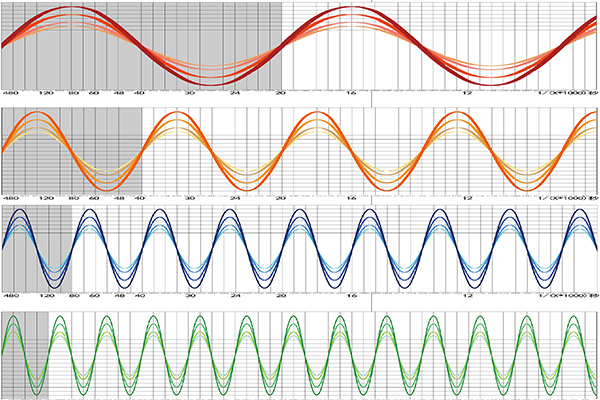
Specific Differences Between 2400W and 2500W Power
1. Differences in Cleaning Efficiency
In terms of cleaning efficiency, a 2500W ultrasonic cleaner can generate a stronger sound field compared to a 2400W machine, increasing the number and energy of cavitation bubbles in the liquid. Therefore, for tasks requiring higher cleaning intensity, the 2500W cleaner will perform more effectively. It can remove stubborn dirt more quickly, and in situations where cleaning time and batch production are critical, the 2500W cleaner shows a clear advantage.
[Insert Image Suggestion: A comparison of the operational states of ultrasonic cleaners with different power levels]
2. Differences in Cleaning Precision
In terms of cleaning precision, the increase in power affects not only the speed but also the uniformity of cleaning. Although the 2500W cleaner has higher power, excessive power can lead to overly intense cavitation, potentially damaging the workpiece’s surface, especially with components that require high precision. The 2400W ultrasonic cleaner offers a slightly gentler cleaning effect, making it suitable for sensitive surfaces and avoiding the damage that could result from over-cleaning.
3. Differences in Energy Consumption and Cost
Energy consumption is another factor to consider. While the 2500W ultrasonic cleaner has advantages in cleaning efficiency and effectiveness, it also consumes more power. This means higher electricity costs over time. On the other hand, the 2400W machine is more energy-efficient, making it a better choice for users concerned about energy costs.
How to Choose the Right Power
When selecting an ultrasonic cleaner, it is essential to consider the type of workpiece, the complexity of the cleaning task, the production pace, and cost-effectiveness. For situations that require fast, efficient cleaning, a 2500W machine is an excellent choice, as it can complete the cleaning tasks more quickly and enhance production efficiency. However, for applications requiring high cleaning precision or where cost control is critical, a 2400W machine may be more appropriate.
Additionally, when choosing ultrasonic cleaner power, it is important to consider the maintenance of the equipment and the operating environment. Excessive power may affect the equipment’s lifespan, increasing maintenance costs. Therefore, a reasonable power choice can not only improve cleaning results but also extend the equipment’s service life.
Conclusion
Although the power difference between 2400W and 2500W ultrasonic cleaners is only 100W, this difference affects cleaning performance, precision, and energy consumption in various ways. Users should carefully choose the appropriate power level based on their cleaning needs, workpiece type, and budget to ensure optimal cleaning results and equipment longevity.

